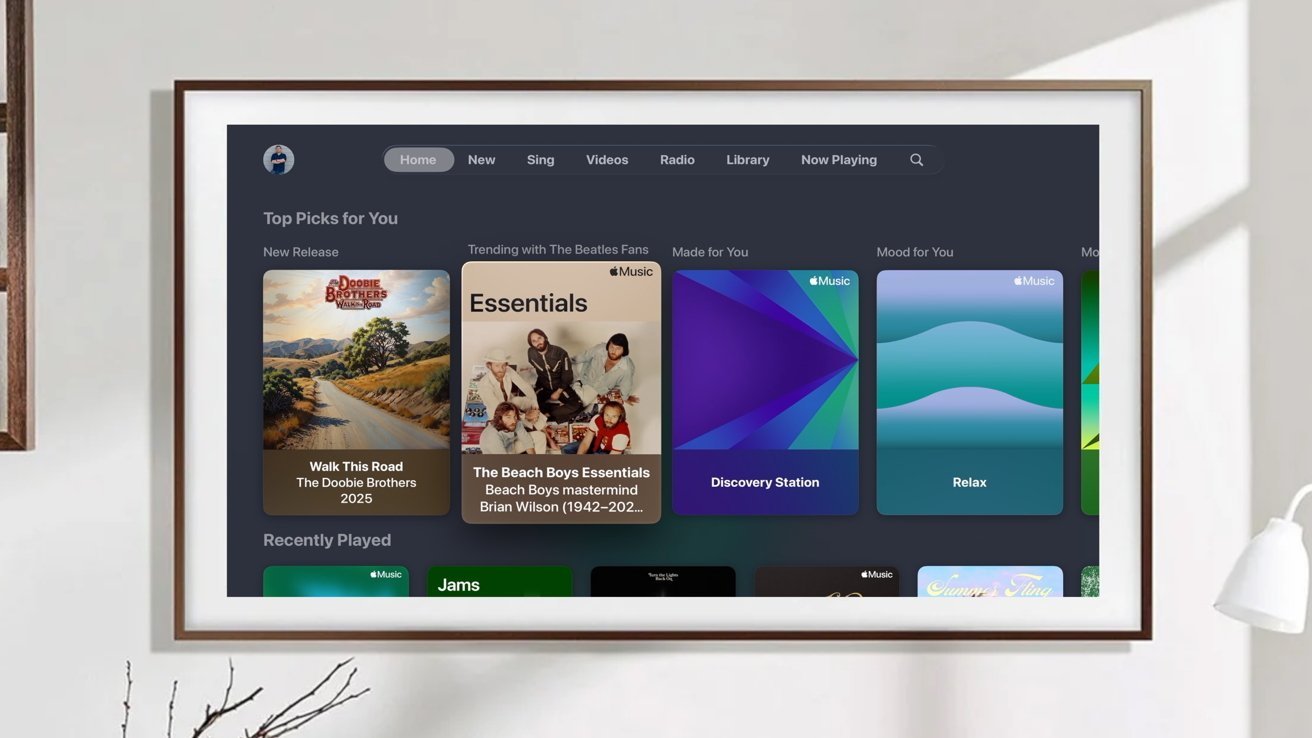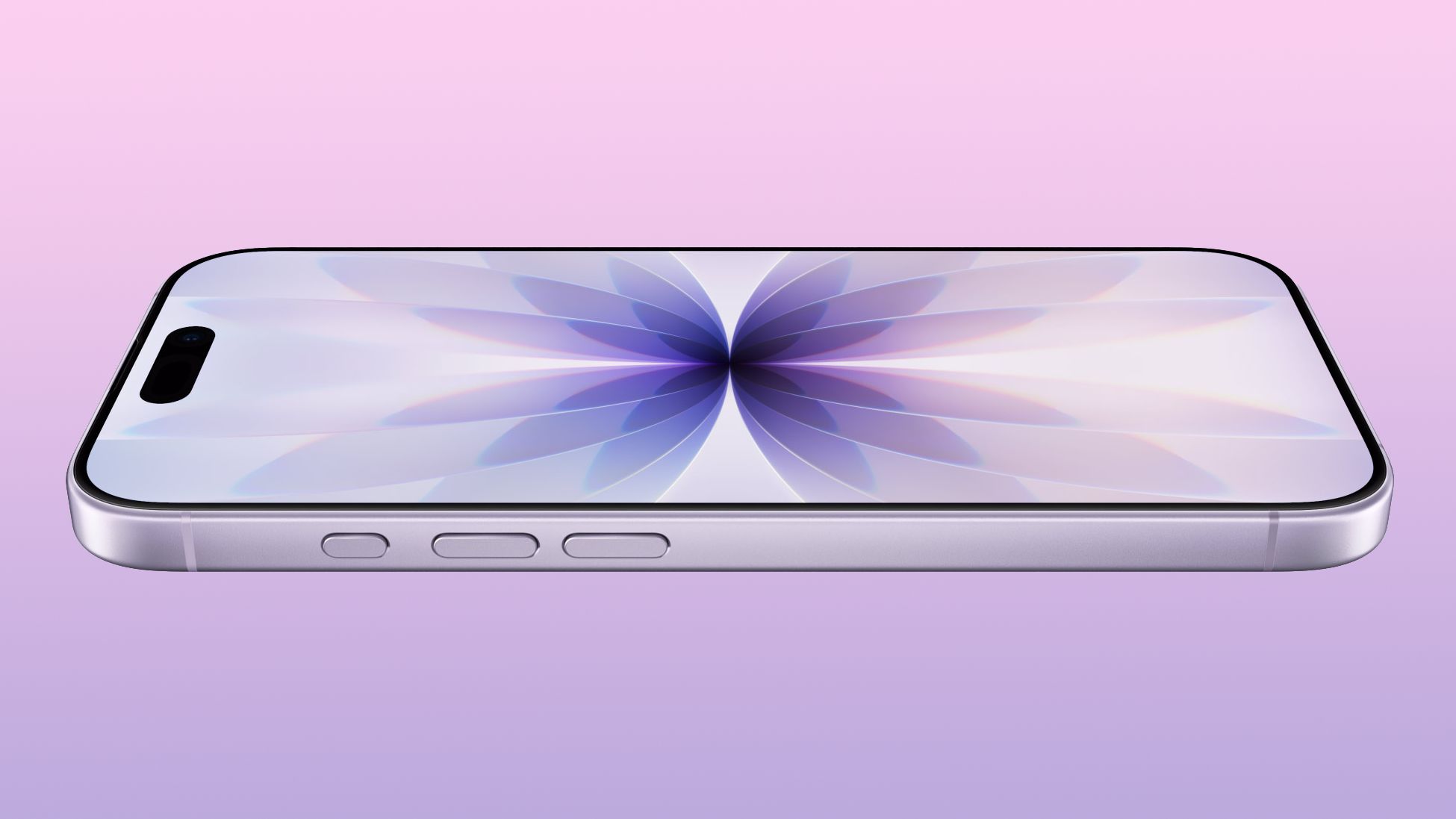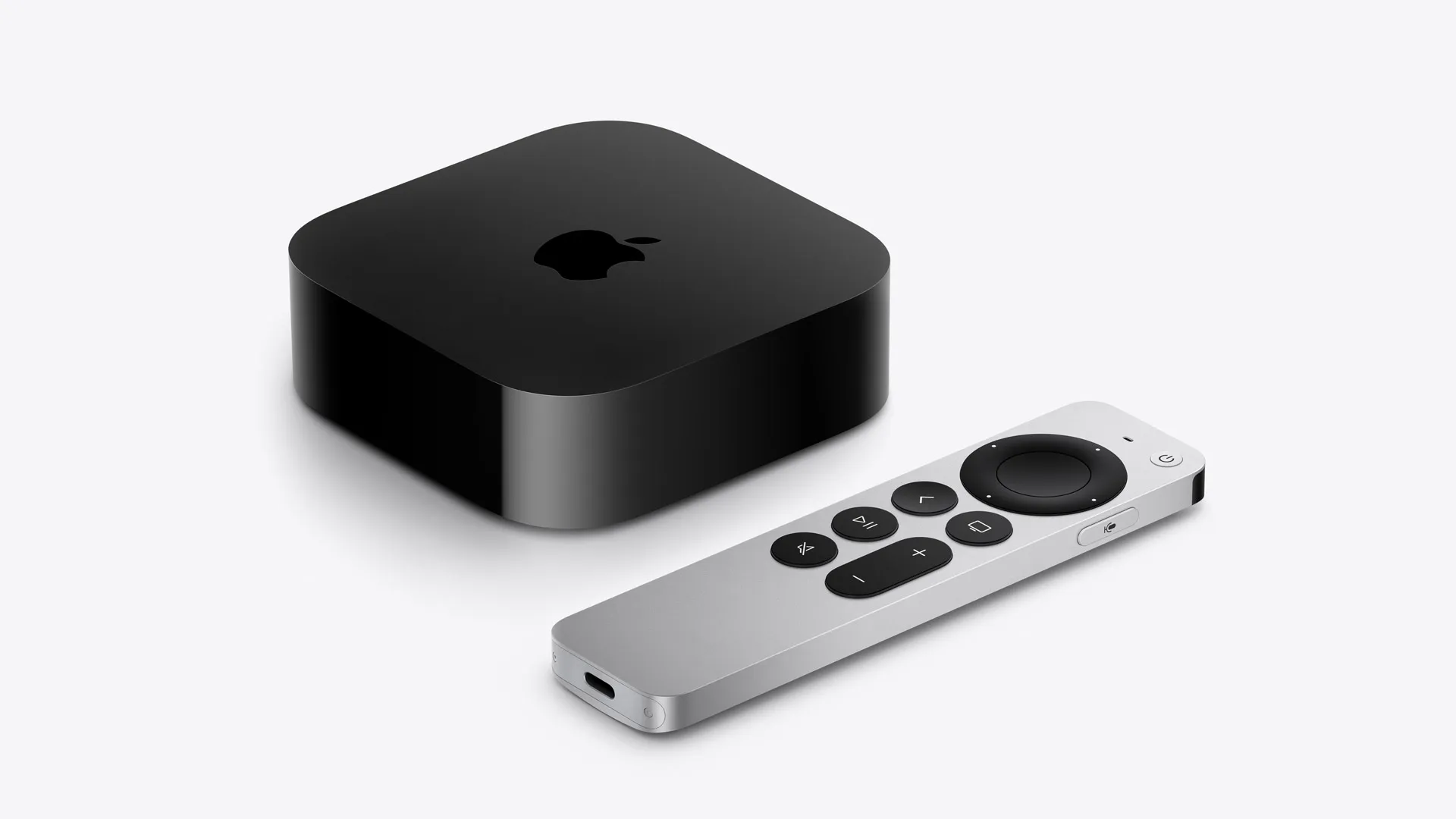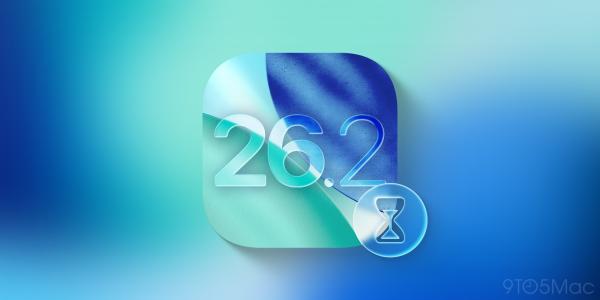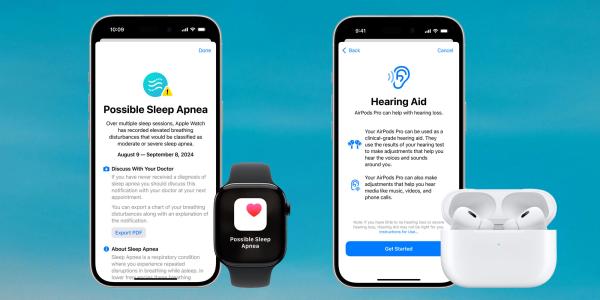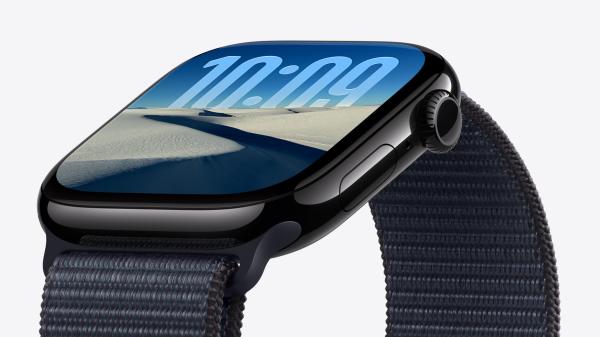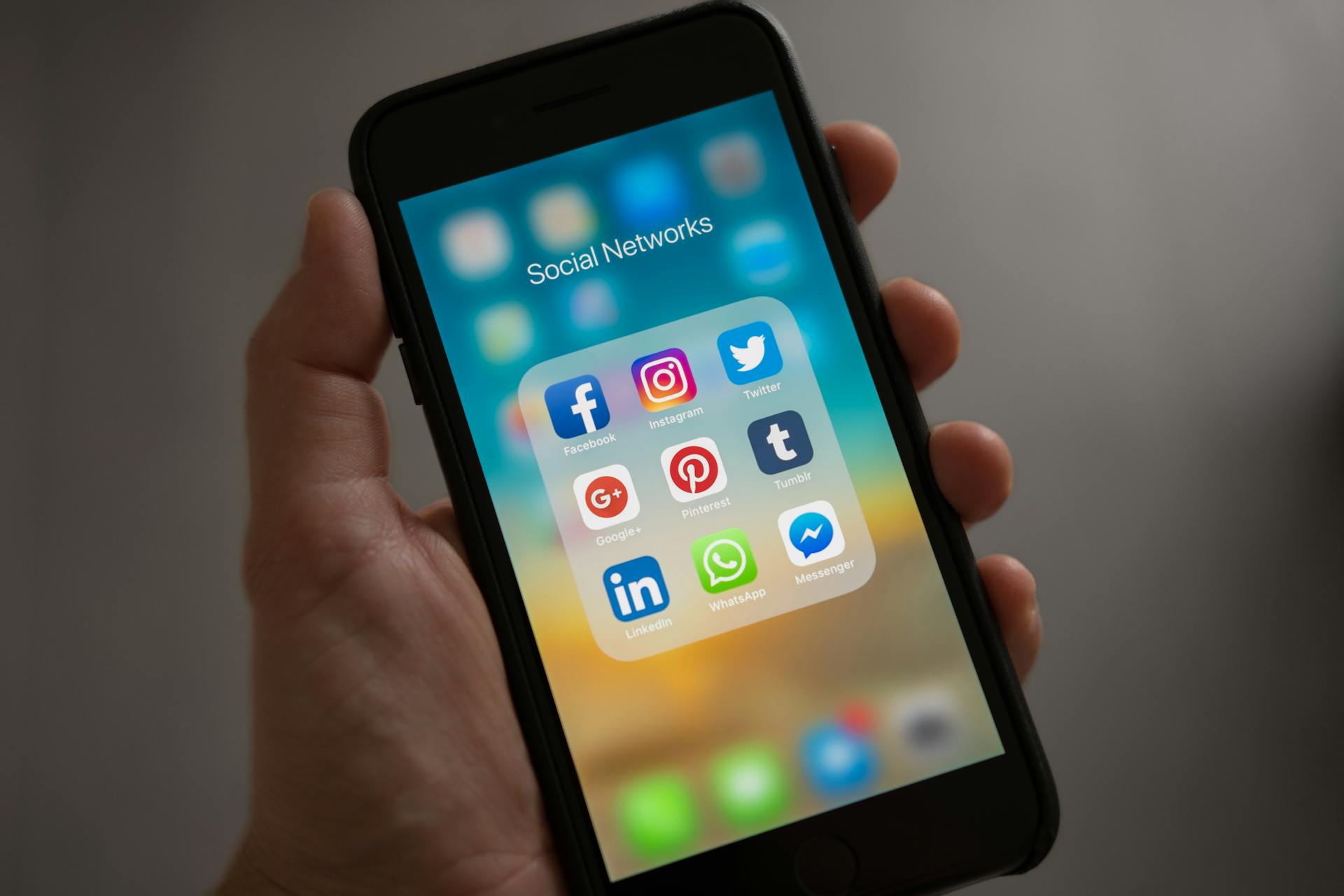
When are you going to ditch that Android and get an iPhone? That's a question that loyal iPhone supporters ask friends and family members frequently. As an iPhone advocate, you would love to see the people around you embrace this platform too. But, you can't force them. Also, going on and on about it or demeaning Android users with snide comments isn't winning anybody over.
Instead, the best approach is understanding. This means taking the time to understand what makes Android users so reluctant to take the leap to the iPhone. So, what's stopping them? Turns out, there are a few roadblocks on the path to the iPhone.
One Manufacturer - Fewer Choices
With Android, users can purchase phones from any one of a dozen or so manufacturers. This creates competition and flexibility. For example, if one manufacturer strips away a feature, there's a good chance that an Android customer can find a phone from a different maker that has what they want.
That's not the same with the iPhone There is just one manufacturer. The decisions made are final with no alternatives. So, if Apple decides to get rid of a feature or force a change on its users, there's no option other than accepting it.
Less Variety on The App Store
There are significantly fewer apps available on The App Store compared to Google Play. That lack of variety can be a turn-off to Android users who are accustomed to having choices.
There are a few reasons for this difference. First, it's more expensive to be a developer on the Apple platform than on Android. Apple also has a lengthier and more stringent process for approving apps. Some app developers like the Hily dating app are happy to go through this process, because of the potential to reach such a large audience. Other developers choose to bypass Apple to focus on Android development, particularly if they have a niche audience..
People who have embraced the iPhone see this as an act of service on the part of Apple. They have fewer apps to choose from, but those tend to be very stable. Unfortunately, Android users see this as another example of Apple trying to control their use of their own devices.
Managing Phone Repairs Can Be a Hassle
Android phones, because they are made by so many different manufacturers share a common trait in which many of the key components are universal. In fact, with the right amount of knowledge and tools, even a regular person can make the most basic repairs on their own. Many of the parts can be purchased by regular people with nothing more than a few dollars and a bit of simple research. For those who do not wish to complete those repairs on their own, there are many storefronts that businesses online that you can send your broken phone to for relatively inexpensive repairs.
When it comes to managing repairs for an Apple Device, this is where things start to get tricky. Apple devices are not universal when it comes to many of their parts. In fact there are only a few choice manufacturers that possess the ability to refurbish Apple brand phones and other devices. In order to get a repair for an Apple device done a person will have to find a licensed repair technician or an Apple store to get any repair completed if they want to maintain their warranty. When it comes to the price of devices that come from Apple, invalidating a warranty can spell financial disaster for many people.
Google Apps often Do Not Work Well on Apple Devices
Of course, Apple devices aren't always made with Google apps in mind, however, this does not change the fact that Google is a widely known and trusted search engine that everyone uses even if the person using it has the option of using Siri. For example, if you try to use Google Maps on an Android phone you may find that at worst it may have changed the directions to walking directions, however, that can easily be fixed with a quick scroll.
However, if you were to use Google Maps on an iPhone you may find that you need to scroll through additional menus and have to deal with the hassle of having to read the directions to a location rather than just have navigation come up automatically. Or if you want to check out something in Google Drive, in general, you may find that it will automatically open up the Google Docs app instead. Therefore creating even more frustration when you want to open up a specific application.
IOS Has Limited Customization Options When it Comes to Layout
IOS and Apple devices are often accredited to having excellent screen resolution and high-quality visuals. However one of the biggest complaints that many people find themselves having is that while it looks great there is very little when it comes to being able to customize their screens. This leaves a huge hole when it comes to accessibility options as many people want to be able to adjust the layout of their phone screens to fit their personal needs. These needs can include setting up specific folders, installing widgets, changing the size of icons, and so much more in order to make their phones easier to use and manage.
Apple Can Still Engage Android Users
Despite these conversion roadblocks, Android users do make the switch to the iPhone. One thing is clear, Apple has been able to successfully engage these potential customers by taking steps to be more accommodating and less rigid. This includes allowing users to side-load apps and updating the new iPhone 15 to use a c-charger. Changes like this help Android users see the benefits of embracing the iPhone and tolerate what they see as a loss of control.






